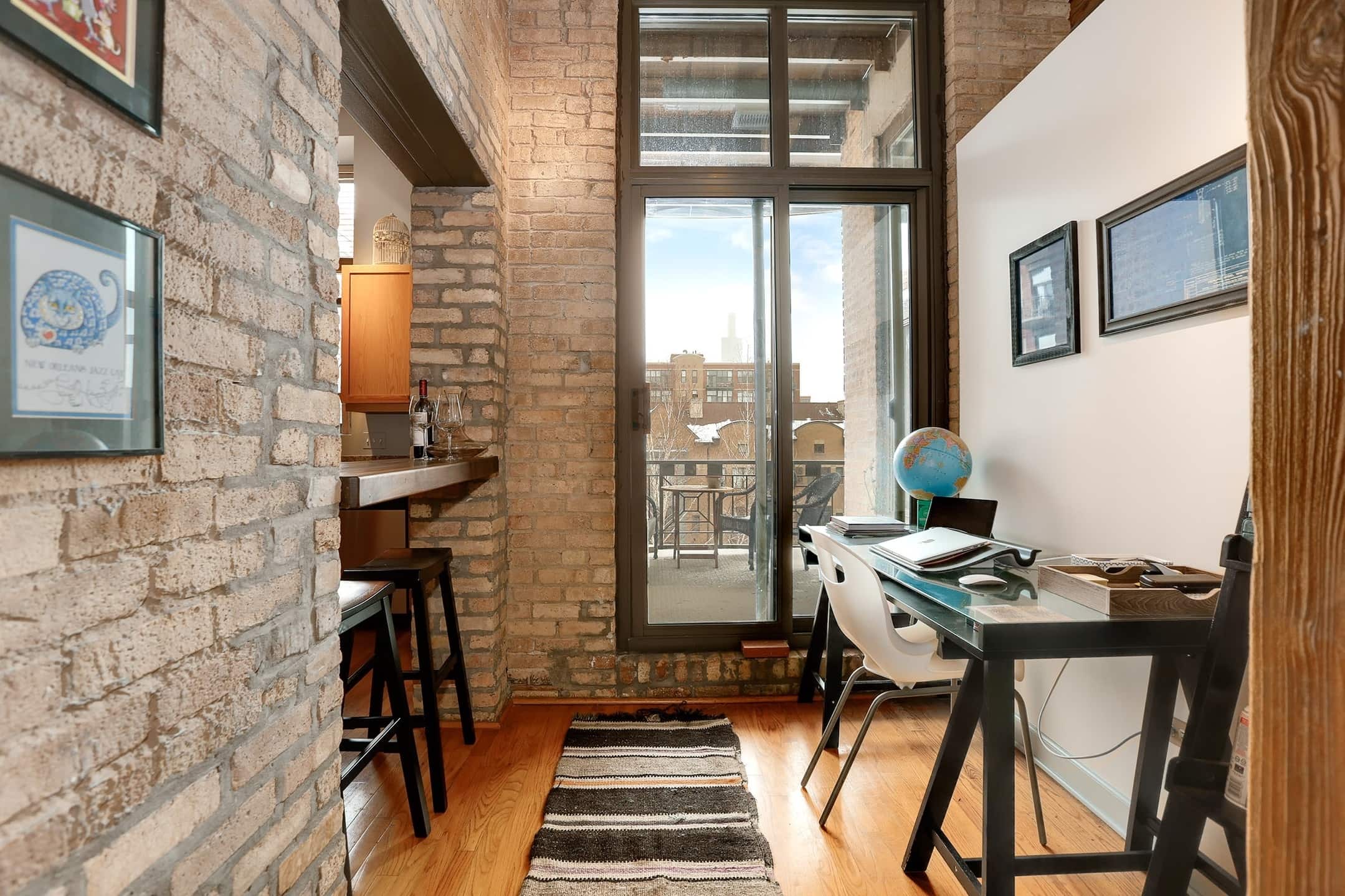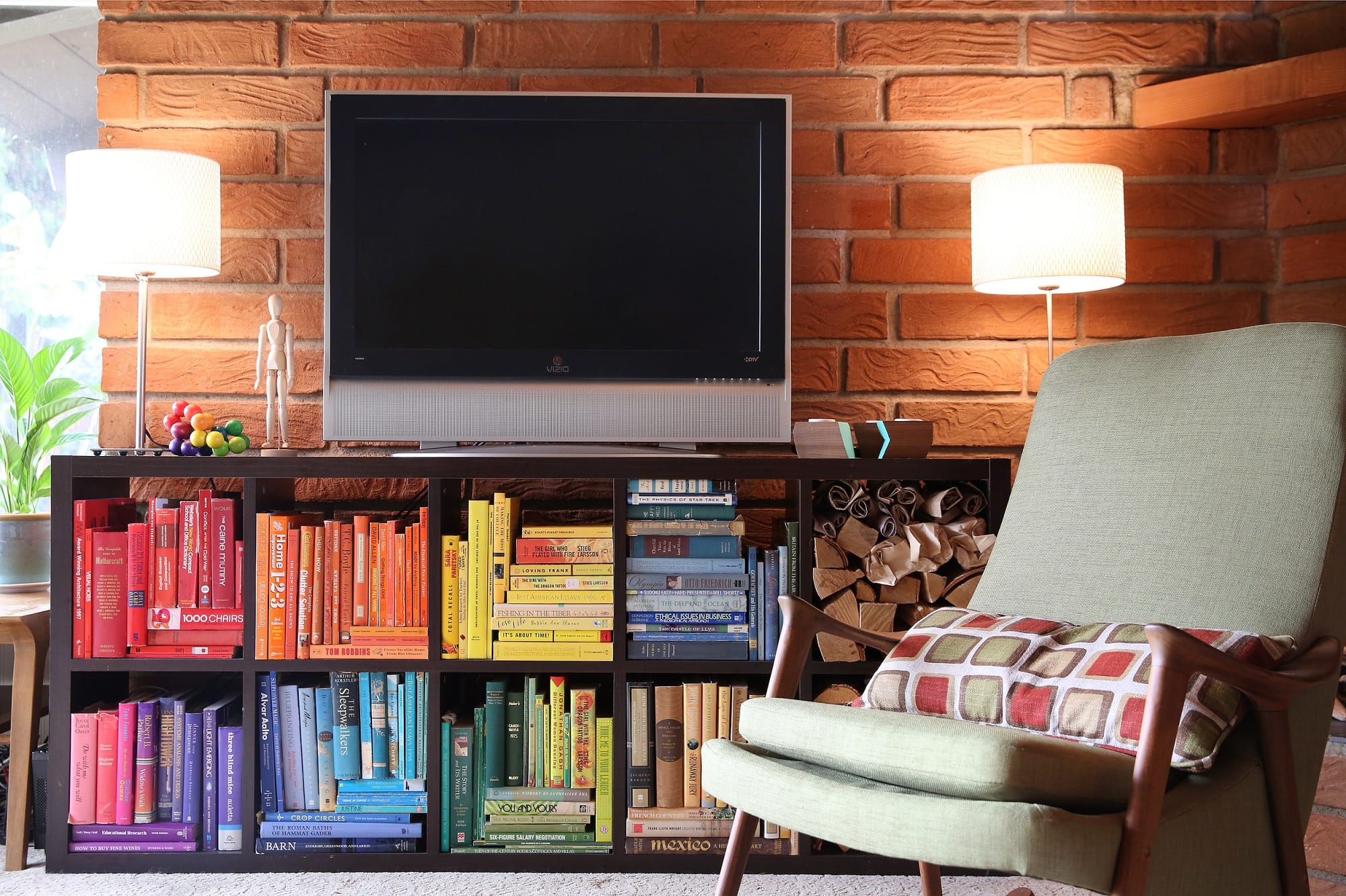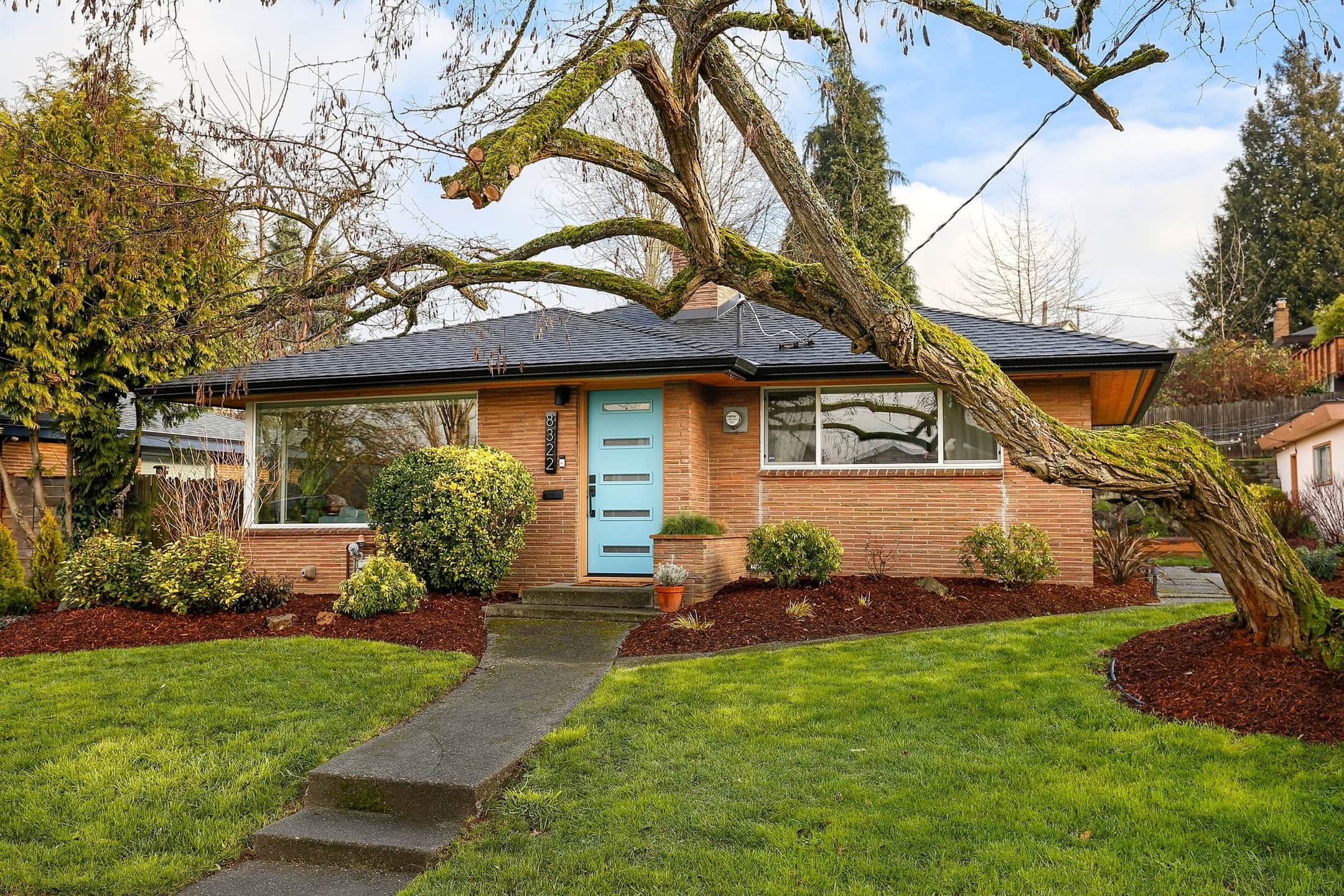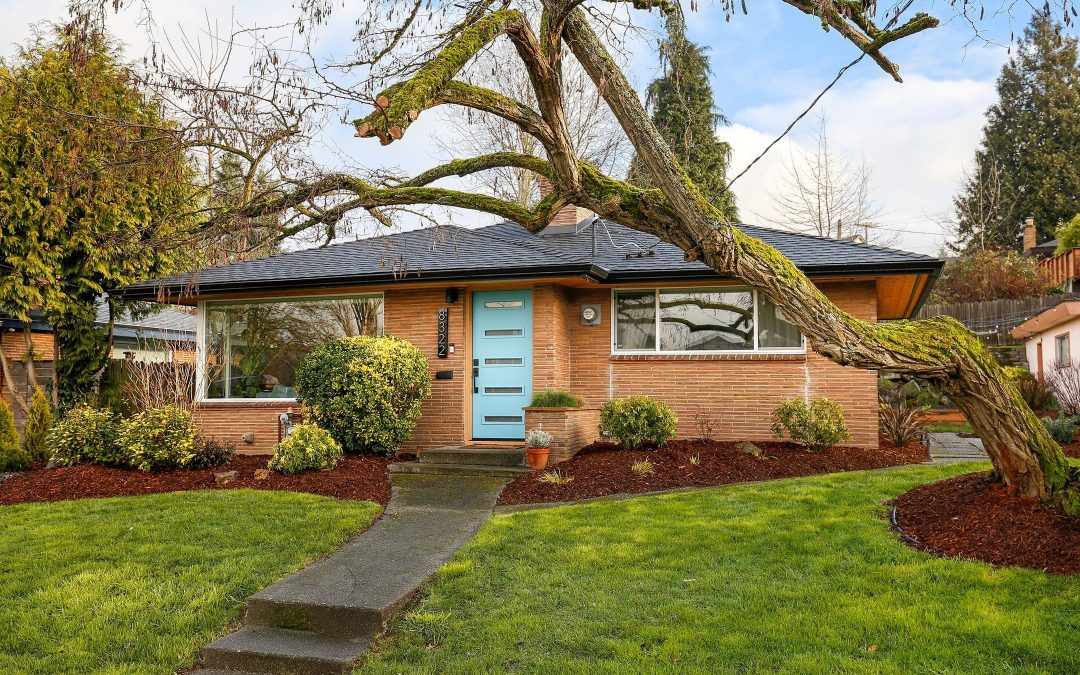
 By
By
Whether you’ve decided to eliminate debt from your life, or finally convert that school bus to be free to live that nomadic lifestyle on the road, you’re now ready to downsize your home. But before you start downsizing the family home, it’s important to understand that there are many potential missteps along the way. This guide will help you navigate common mistakes so that you can make the most of your new, downsized lifestyle.

1) Not setting goals before downsizing your home
While the financial benefits of moving into a smaller space can be plentiful, it’s important to set goals before you begin downsizing the family home. Here are the most popular reasons for downsizing your home:
- Combat debt – The number one financial reason to downsize is because of the power it gives you to attack your debt head-on. Selling your current home and moving into a smaller one allows you to put the proceeds from your home sale towards your new home, reducing your mortgage payments or eliminating them altogether. How much easier it would be to pay off other high-interest debts if you didn’t have to worry about a mortgage? Before moving forward with downsizing, you may want to consider settling your unsecured debt for less.
- Turbo-charge your retirement fund – Even if you don’t have debts to pay off, you’ll still need to consider saving for retirement sooner rather than later. But if the bulk of your income is going toward your current mortgage and bills, that’s easier said than done. By downsizing your home, you can afford a larger monthly contribution to your retirement savings.
- Pay off your mortgage instantly – Depending on the amount that you still owe on your current mortgage, you could use the proceeds from selling your home to buy a smaller one in cash. Just think about how much money you’d be saving if you eliminated your mortgage payments.
- Saving money after retirement – Once you’ve retired you’ll most likely be living on a fixed income dependent on your savings, investments, and social security benefits. Downsizing will allow you to not only shrink your mortgage payments but also reduces many of the costs with homeownership since smaller homes cost less to maintain than larger ones. This will also stretch your retirement savings out further than if you were to stay in a home that is too expensive for your retirement budget.
- Reducing home upkeep and maintenance – Downsizing can provide physical benefits as well as financial. The older you get, the harder it’ll become to regularly complete chores around your home and yard. By downsizing, you’ll also reduce the amount of maintenance and upkeep your home requires.
2) Ignoring hidden costs
Although you’ll be saving money on your mortgage and utilities by downsizing, that doesn’t mean you can throw financial caution to the wind. When you’re house shopping, make sure that the home you’re considering either doesn’t require extensive repairs or maintenance or at least make sure that you can comfortably afford them. Also, ensure that your new home doesn’t come bundled with expensive property taxes and/or HOA fees that might eat into your savings. And if your downsize is taking you to more expensive markets, like homes for sale in New York, be sure to factor in the potential increase in the cost of living as well.
3) Forgetting to budget for your move
As you begin to realize how much money you’ll save by downsizing, don’t forget about the costs associated with moving to a new location. While you may be thinking about cutting your costs by doing all the moving yourself, take a moment to consider hiring a moving company. Not only would you have someone to pack, move, and unpack your belongings, but most movers provide insurance, meaning that you’ll be reimbursed should anything break. Since you’re already selling your current home and buying a smaller one, you should also think about downsizing all your belongings as well.
4) Not determining your lifestyle needs
After setting your goals, take some time to figure out what features you’d like to have in your new home. This is especially important when you’re downsizing as you’ll have less living space. If you’re downsizing because your kids have gone to college, then make sure that your new home will permit the lifestyle you want and that whatever belongings you’re taking with you will fit.hat king-sized bed might not fit in your new condo.
5) Paying for rooms you won’t use
When you stop to think about which rooms you use the most in your home, it’s probably pretty simple: the living room, kitchen, a bedroom, and a bathroom. If you’re not using your dining room, den, and third or fourth bedroom, why even have them at all? By thinking about what rooms you currently do and do not use, you can simplify your search for a downsized home.
The same tactic can be applied to your yard. If you find yourself spending little of your free time enjoying your yard—rather just maintaining it—then consider looking for a new home either with a smaller yard or without one.
6) Being unorganized
Good organization is key to any move but it will prove especially useful when you’re downsizing your home. So take some time to look through your garage, closets, and spare rooms for anything that’s collecting dust. That sword you bought at the renaissance fair eight years ago might be awesome but do you really want to keep holding on to it?. Start by rounding up these sorts of belongings and then work your way through old clothes, toys, old appliances, etc., and separate them into three piles: keep, maybe, and donate.

If you find that you still need help with organizing for your move, reach out to a professional home organizer for assistance. They are experts in helping you decide what you should keep and what you should get rid of. They can also help you get organized in your new home as well, something that will prove vital to making the most of your downsizing efforts.
7) Taking too much physical media with you
There’s a good chance that when you downsize, you won’t have room for all those old photo albums anymore. While you may want to hold onto some of the physical copies for sentimental reasons, the majority of those photos can be digitized. By uploading your photos to a hard drive or cloud service, you’ll save space and also protect them from any future wear and tear as well.
You can also digitize old CDs, DVDs, cassettes, VHS, photo slides, film strips, and documents as well. While you should hold onto the physical copies of things like birth certificates and social security cards, most other documents can and should be scanned and uploaded to a hard drive or cloud service instead to save space.
8) Trying to take all of your furniture with you
While your two-story home is more than capable of housing all of your furniture, your new home won’t prove quite so spacious. So before you start loading king size beds or sectional sofas onto a moving truck, keep the limitations of your new home in mind. Also, furniture that is too large for a room will only make a room look smaller, so you may want to consider getting a new couch that will truly work in your new space.
If you’re feeling intimidated by the process of selecting and placing new furniture, consider hiring an interior designer. By doing so, you’ll be getting someone who is an expert at squeezing the most potential out of a room and budget while also making sure it fits your taste and lifestyle.
9) Skimping on storage
In addition to saving important documents that you don’t require frequent access to, a storage unit is a great option for saving sentimental items like an old onesie that your child has long since outgrown or seasonal items like winter coats. Whether you’re downsizing temporarily or for the long haul, renting a storage unit is a great option for those items that you don’t have space for but just can’t bring yourself to get rid of.
10) Not creating a downsizing schedule
Moving is a ton of work, even before you add downsizing to the mix. Avoid getting too stressed out by the process by remembering to take it one step at a time. Set a timeline for yourself and create a schedule accordingly, rather than attempting to tackle everything all at once. By creating a downsizing schedule, you’ll stay better organized throughout this process while also reducing stress.
11) Choosing the wrong type of home
When you’ve made up your mind to begin downsizing your home, you’ll then need to consider what type of home you want to move into. The type of home you decide on will depend on factors like your finances, health requirements, and the type of lifestyle you’re seeking. With that in mind, check out our rundown of the types of homes you may consider downsizing to and why they might be for you.
Single-Story
Moving into a smaller, single-story home will prove to be the most familiar option for those downsizing out of their larger, two-story home. This option proves best for anyone looking to maintain a similar lifestyle to what they currently have.

A single-story home will also provide you with more square footage than a condo, tiny home, houseboat, or van but will still require the most maintenance and upkeep compared to other downsizing options.
Condos
What you give up in terms of square footage when you move into a condo, more than makes up for in location. Buying a condo allows you to live downtown in a major city where purchasing a house may not be financially viable. Living in a condo also means you’ll be able to take advantage of amenities like a swimming pool, gym, tennis court, shuffleboard, etc. You also won’t have a yard to take care of either and major structural repairs are usually covered by HOA fees.
A condo is a great downsizing option for those looking to live a more urban lifestyle, close to restaurants, bars, and shopping. The limited maintenance also means that condos are a great option for anyone who is retired or soon to be retired.
Tiny House
Buying a tiny house is trending these days because they’re affordable and eco-friendly. In fact, while the median sale price of homes in the U.S. housing market is $312,500, the average tiny home costs between $30,000 to $40,000. And if you’re anything like most tiny homeowners, you won’t have a home loan, meaning you’ll save on mortgage payments as well. You’ll also be paying significantly less in heating, cooling, and electricity costs, so you’ll be saving money and reducing your carbon footprint at the same time.
With the combination of savings and environmental-friendliness, tiny homes are a great option for anyone looking to help their wallet and the environment.
Houseboat
Do you like the idea of combining a tiny home with a maritime lifestyle? If so, then a houseboat may be for you. Clocking in at an average of 600 square feet, houseboats typically provide the space of a large tiny home or smaller condo, but with the added benefit of waves lulling you to sleep. Houseboat living provides many of the financial benefits of tiny homes like low upfront cost, little to no mortgage, more affordable utilities, as well as some of the benefits of condos such as amenities like a pool, laundry facility, and easy access to grocery stores.
Living on a boat does, however, require you to spend additional fees on maintenance as your home’s hull will need to be cleaned once or twice a year and repairs do not come cheap as they require specialized labor. If you feel the pros of a nautical lifestyle outweigh the maintenance fees, then a floating home may be for you.
Van Life
The beautiful thing about living in a van is that it allows you to go on road trips whenever you want, and if you don’t like your neighbors it’s easy to move. Van life also allows you to spend more time outdoors, something that should appeal to anyone interested in reconnecting with mother nature. Monthly expenses are also extremely low, you just need to be willing to commit yourself to a minimalist and nomadic lifestyle. Want to give it a shot before committing full time? Rent a campervan and try it out before you buy!
Ryan Smith
Ryan is on the marketing team at Redfin and loves writing data-driven articles about all things real estate. Ryan’s dream home would be a Cape Cod-style house near the ocean and the mountains.



Follow Us!